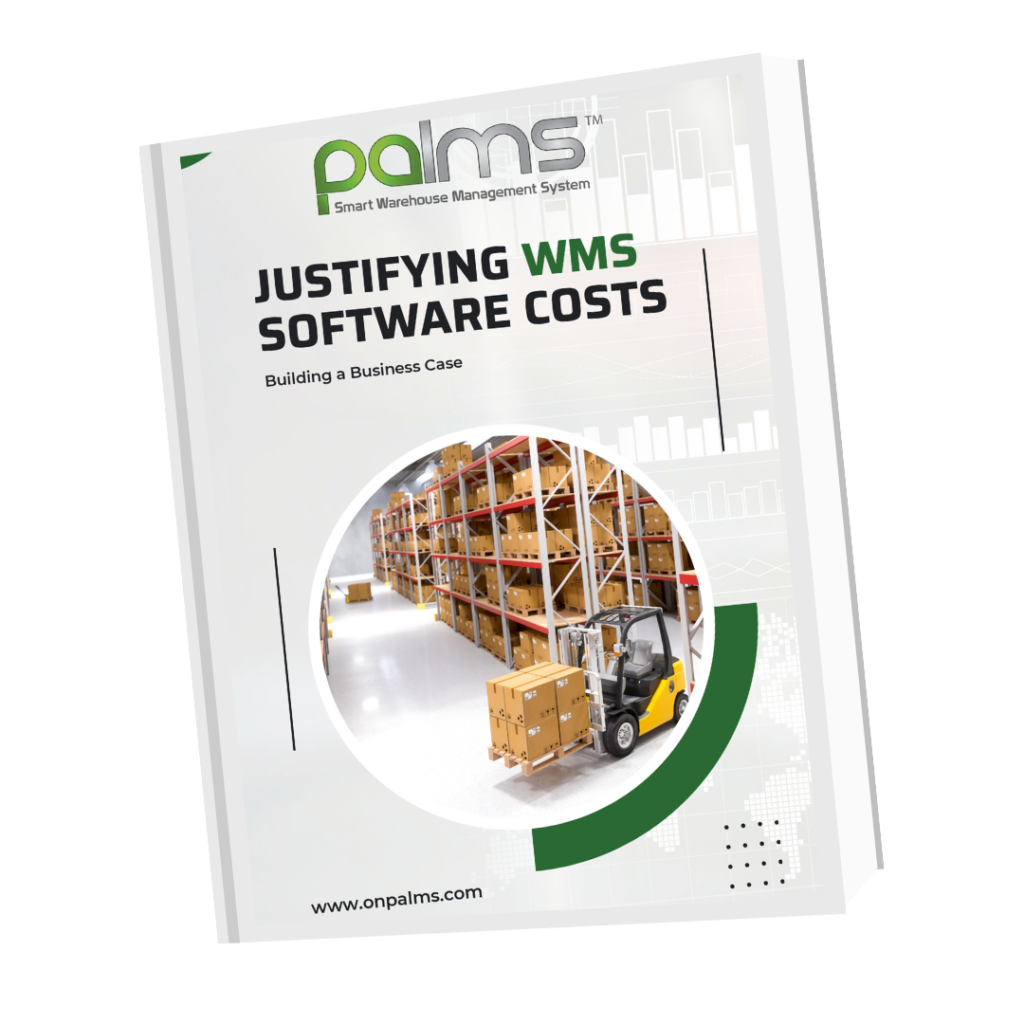Home » Whitepaper » Justifying WMS Software Costs: Building a Business Case
A successful implementation of a Warehouse Management System (WMS) has the potential to yield a return on investment within a 24-36 month timeframe. Concrete cost savings can be perceived immediately after implementation. It serves as the cornerstone for fostering a culture of continuous improvement and can deliver ongoing annual benefits. For certain companies, embracing a WMS is not merely an option but a necessity for survival. Merely having the right materials available at the right place and time is no longer sufficient. New requirements include compliance labeling, floor-ready displays and advanced shipping notifications.

To secure support from both management and employees and achieve a successful system implementation, it is crucial to construct a compelling business case. This business case consists of two key components:
1) Analysis detailing the financial rationale
2) Advantages in the day-to-day operations.
Essentially, a business case conducts a cost-benefit analysis, aligning project objectives, expenses, and risks with the company’s business goals and financial projections. Ultimately, the value of the benefits anticipated over the project’s lifespan, typically spanning 3-5 years, should surpass the total investment made during the same planning period. This particular business case concentrates on the potential operational cost savings derived from implementing a WMS. These cost-saving estimations should remain credible even under rigorous testing. An effective business case not only encompasses quantifiable monetary gains but also accounts for qualitative benefits. Here, we will be using the net present value, payback period and sensitivity analysis techniques to demonstrate the economic justification.
Technoforte Software Private Limited is an ISO 9001:2015 & ISO 27001:2013 certified company engaged in providing high end enterprise solution in the field of Information Technology.
Through Technoforte’s suite of products, the company specializes in helping large and medium sized industries in implementing Business Intelligence solutions, Warehouse Management System, Service, and Warranty Management System and Mobile based Enterprise Level Solutions.
COPYRIGHT © 2024 TECHNOFORTE SOFTWARE PVT. LTD. ALL RIGHTS RESERVED.